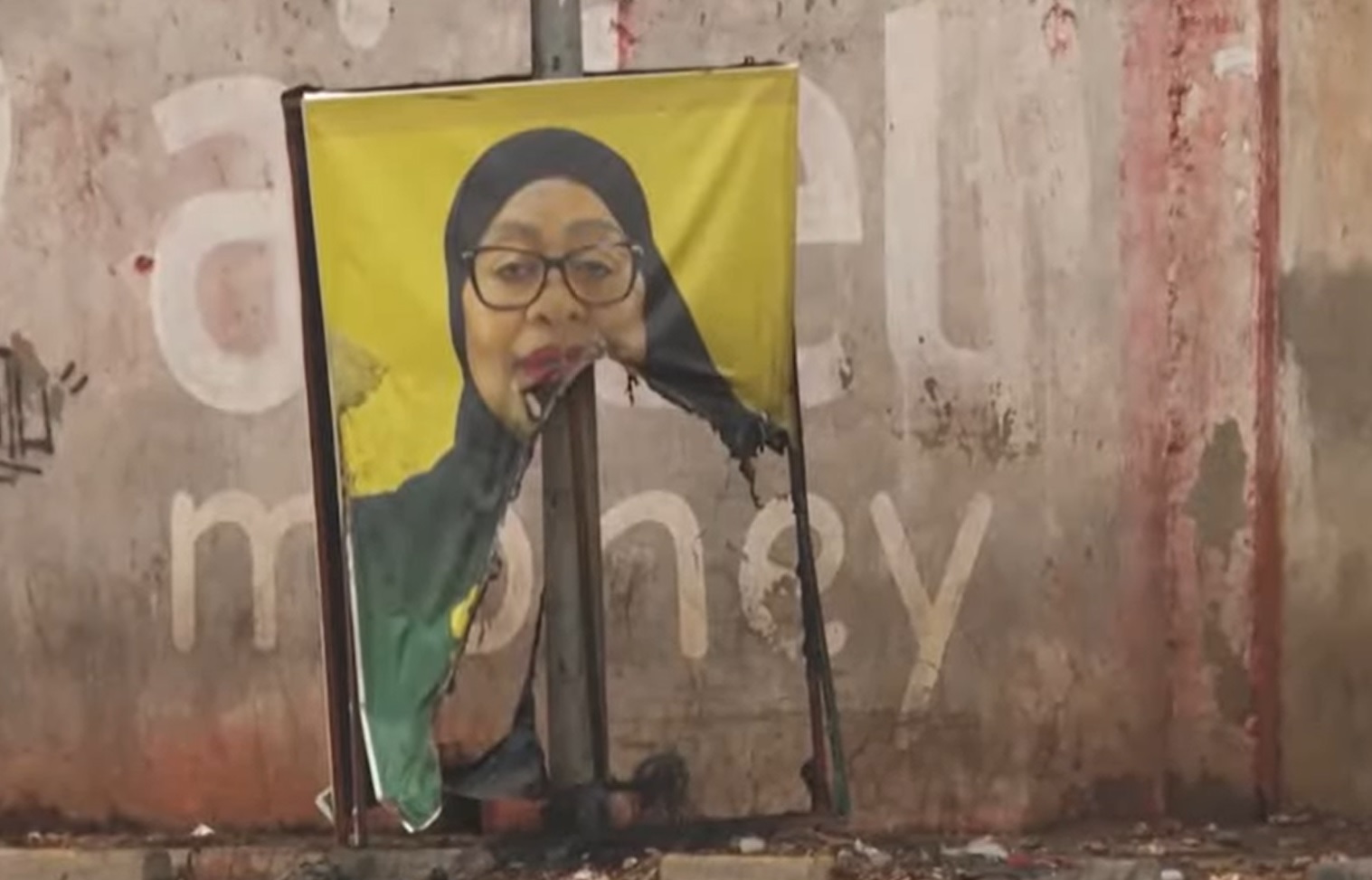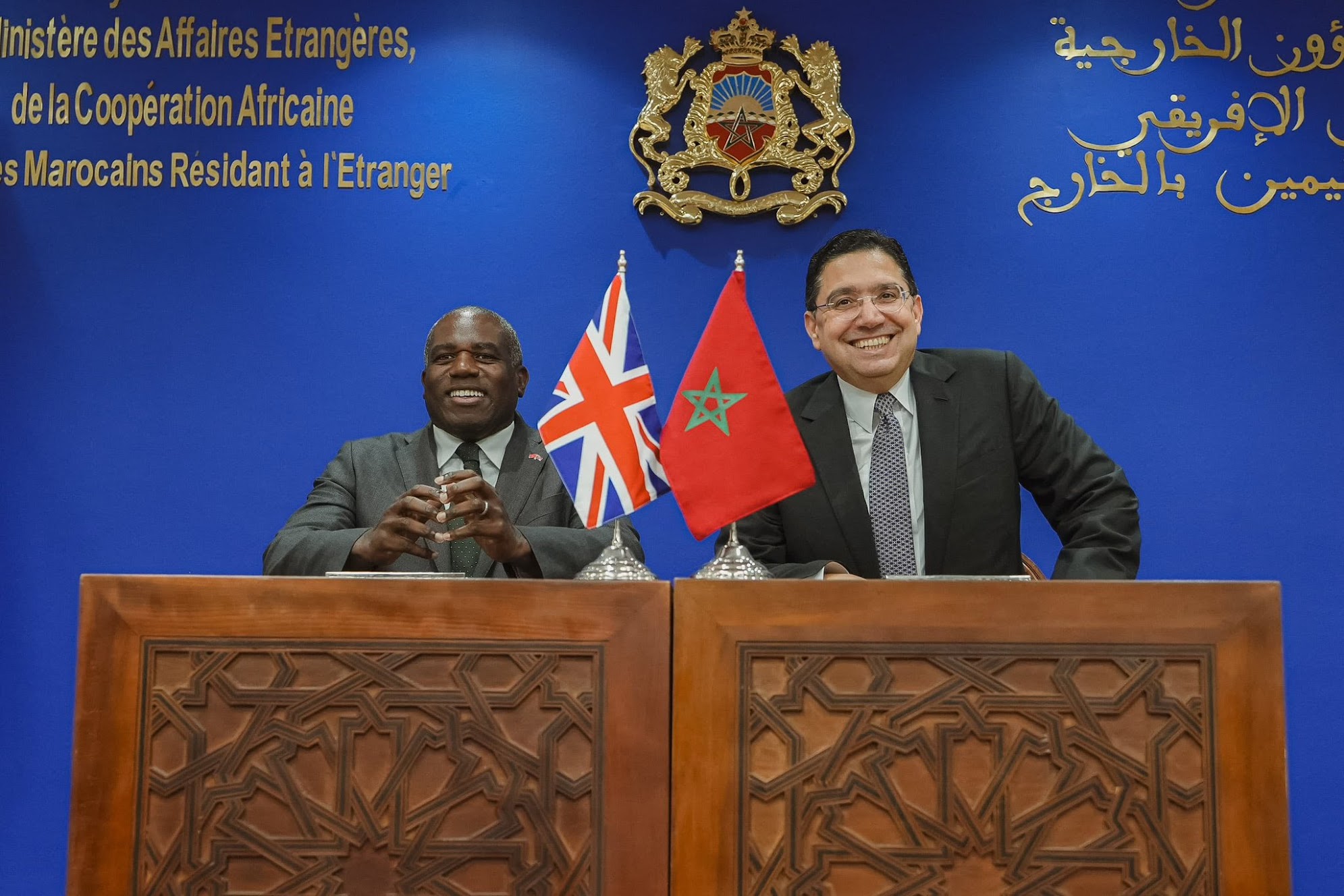Homecoming – a point of some return

Disembodied, disenfranchised and unable to rest, the poisonous legacy of colonialism persists even after death.
The colonial period was one of appropriation: of land, natural resources, human souls, and of cultural artefacts. Decolonisation was no less forgiving, with Europeans relinquishing political control as they pilfered the most eye-catching goods for museums, libraries and universities back home. The raiding of Tutankhamun’s tomb, just as Egypt secured its independence, provides testimony to the extent of the looting.
These episodes have been captured in pop culture, from the “Curse of the Pharaohs”, to more recent cinematic triumphs such as Black Panther and The Woman King. These indicate that key victims included the Benin Kingdom in modern-day Nigeria, the Dahomey Kingdom in what is now Benin, and the Ashanti Kingdom in contemporary Ghana, as well as Egypt. However, these were not the only affected polities, with European conquest and subsequent looting largely indiscriminate, and depriving many communities of cultural artefacts.
African states are now campaigning to repatriate stolen artefacts, adopting varying approaches towards their former colonial masters, and with differing degrees of success. Yet, repatriation efforts have primarily resulted in loan agreements, as opposed to leading to permanent returns. The UK is the most frequent proponent of lending, citing domestic laws which prevent permanent returns from public cultural institutions. The USA, Germany, Italy, Belgium and Finland are also exploring multiple avenues.
“If there is no treasure, it means there is no history; if there is no history, there is no nation” – Ethiopian Ambassador in the UK, Teferi Meles
The growing commitment to repatriation stems from increasing pressure from aggrieved states and a reluctant acceptance that Western museums’ place as repositories of culture does not amount to consent to hold looted items. In the words of French President Emmanuel Macron, “African heritage cannot solely exist in private collections and European museums.” Macron’s 2017 proclamation in Burkina Faso led to the 2018 Sarr-Savoy report, which recommended the permanent repatriation of African heritage looted during the colonial era.
As shown on the map below, the UK has repatriated the most items to its former African colonies over the past three years, primarily to Ghana and Nigeria – both in conjunction with the USA. Ethiopia, Kenya, DRC and Namibia have also secured hard-won repatriations from a range of actors. These bilateral arrangements have been a mix of loans, permanent repatriations and loan arrangements with eventual permanent repatriations scheduled in the future.

Delayed returns and a hidden past
Yet, the power dynamic between African states and the institutions holding looted assets remains skewed in favour of the latter, serving to delay and frustrate repatriations. Historically, some European and North American public institutions and governments adhered to outdated beliefs of ownership by conquest and refuted repatriation claims. These bodies argued that they were unable to verify the original owners and expressed concerns about potential mismanagement and mishandling of the items once repatriated. These concerns hint at colonial-era prejudices, while the verification argument is a pretext to avoid accountability.
Genuine concern over the proper storage of artefacts once returned to their home countries presents an opportunity for soft diplomacy through funding for adequately equipped buildings and trained curators. However, Western donors appear reluctant to work with public museums and universities to provide precisely this support.
Some host institutions view the items as a key element of their offering to visitors, distancing themselves from the manner in which they were acquired. At the other end of the spectrum are museums actively working to highlight the horrors of their displays by detailing the manner of acquisition. Although this is an important evolution, it is no substitute for repatriation. Origin states and communities hold these items in enormous cultural esteem and refute any debate over repatriation. This difference in perspective holds little weight given that host institutions operate with the tacit backing of their governments. Demands often take inordinate amounts of time and go through varied processes given the lack of a singular repatriation mechanism.
Nigeria is notable in that it hosts the Legacy Restoration Trust, an independent body that acts as an intermediary, managing negotiations with foreign museums. However, the Trust and similar institutions face legal battles with most European countries enshrining their supposed claim on artefacts in law. Britain has committed to a policy of ‘retain and explain’ where it keeps the contested items but contextualises the manner of their acquisition. London has no plans to amend the British Museum Act of 1963 and the National Heritage Act of 1983, which prevent repatriation. With the exception of France, Europe has dragged its feet towards similar amendments with little sign of actively responding to requests to repatriate artefacts to their states of origin.
Indignity in death
Foreign institutions have often doctored the history of the artefacts to either omit the means of acquisition or deflect from the crimes of imperial conquest. However, accurate accounts remain in the bulk of the origin countries and attitudes are shifting in response to greater awareness around the perceptions fostered by colonial-era narratives. More galling than even the possession of trinkets or treasures is the continued storage of human remains from colonised countries. The tooth of the DRC’s liberation hero Patrice Lumumba – taken as a trophy by a Belgian policeman who oversaw the disposal of Lumumba’s body – was only returned to the country in June 2022, 61 years after he was assassinated.
A lock of hair belonging to Abyssinian Prince Alemayehu, also kept as a memento, was only returned to Ethiopia in 2023 – nearly 150 years after his death. Alemayehu was brought to Britain after his father, Emperor Tewodros II, committed suicide following defeat at the Battle of Magdala in 1868. Alemayehu spent most of the rest of his life in the UK, becoming acquainted with Queen Victoria. His body is buried in the catacombs of St George’s Chapel in Windsor, with the British monarchy refusing to repatriate it, arguing this would disturb the other bodies buried there.
Skeletons from various African countries, meanwhile, still linger unceremoniously in museum collections, such as Zimbabwean skulls in Cambridge University and London’s Natural History Museum; East African skulls in German anthropological collections; Congolese remains in Belgium’s Institute for Natural Sciences, and those from former French territories including Algeria and Madagascar in France’s Musée de l’Homme.
Even if museums have shown openness to negotiate and made a flurry of commitments to return items to their origin countries, these may take years to materialise – if ever. Returns also tend to come with conditions – well-intentioned, but condescending nevertheless – in an attempt to circumvent private profiteering by dominant interests.
An object lesson in nationalism
Historical artefacts play a key role in maintaining the nationalist story of both the coloniser and the colonised. For the former, it is a signifier of might in the years of empire: successful conquest, battle trophies, and the custodians of knowledge. For the homelands of such treasures, the rationale is palatable but no less patriotic: these objects form a crucial element of evidencing their fractured history: a point of identity, community and pride.
Indeed, some have argued against the return of objects to their places of origin over concerns that this reinforces the notion of race, state borders and static cultures; that certain nations or ethnicities are more predisposed to the creativity and innovation that drove civilization. That our history is collective would be a convincing argument – if Western museums were in turn proposing to loan some of their shiny artefacts to African or Asian institutes.
New questions with no answers
With the return of artefacts in whichever degree of permanency, new ethical quandaries arise. What does it mean to return an item to a state whose borders did not exist at the time of its theft? What happens if the group to whom the object belonged no longer exists? Who gets to claim ownership of such a piece of history – a royal family, a community, a government? And what should be done with them?
Nigeria’s Benin Bronzes epitomise this dilemma: while then-President Muhammadu Buhari declared the Oba of Benin, Ewuare II, the owner of these prized artefacts in a March 2023 gazette, others, including the governor of Edo state, wished for the pieces to be put under the control of the country’s National Commission for Museums and Monuments (NCMM). These tensions were replicated in the handover of the bronzes: some were given directly to the NCMM, while others were handed to the Oba by the former president.
While these are challenges with which recipient countries will have to grapple with, they are by no means an argument against repatriation. Rather, they represent a new era in the decolonial process. Moreover, these developments also represent a potential opportunity for a new kind of soft diplomacy. After decades of being derided for lacking any tangible representations of its civilisational advancements because these items were all sitting in polished glass cubes abroad, Africa has the chance to proudly showcase its rich history and simultaneously develop its own methods of curatorship and cultural displays.
Those in favour of the collective approach to humanity’s historical record need not despair. This new trajectory also offers new opportunities for cross-cultural collaboration between countries: whether support for developing local museums and galleries, to travelling exhibitions and artistic dialogues. If a picture says a thousand words, then these centuries-old bowls, necklaces and sculptures – having travelled halfway across the world – have incredible stories to share. It’s time for a conversation on home soil.
Picture credit: Glasgow Museums
Proud to be BCorp. We are part of the global movement for an inclusive, equitable, and regenerative economic system. Learn more


